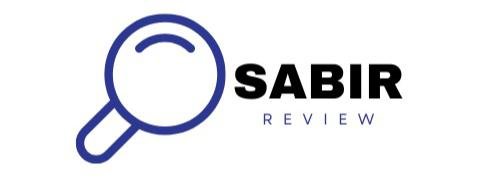
Introduction
- Brief overview of the challenges faced by modern educators.
- Importance of continuous professional development and adaptability.
- Purpose of the post: to empower educators with effective practices and tools.
Section 1: Understanding Best Practices in Education
- Definition of best practices.
- Importance of evidence-based practices.
- Examples of best practices (e.g., collaborative learning, inquiry-based learning).
Section 2: Modern Teaching Techniques
- Active Learning:
- Explanation and benefits.
- Strategies to implement active learning in the classroom.
- Differentiated Instruction:
- Understanding diverse learning needs.
- Techniques for differentiation (e.g., flexible grouping, tiered assignments).
- Project-Based Learning:
- Overview and benefits.
- Examples of successful project-based learning activities.
Section 3: Effective Classroom Management Strategies
- Importance of classroom management for a productive learning environment.
- Techniques for positive behavior reinforcement.
- Strategies for creating a supportive classroom culture.
Section 4: Integrating Technology in the Classroom
- Overview of current educational technologies.
- Tools for enhancing student engagement (e.g., interactive platforms, multimedia resources).
- Best practices for technology integration.
Section 5: Assessment Techniques for Student Success
- Importance of formative and summative assessments.
- Innovative assessment methods (e.g., peer assessment, self-assessment).
- Using assessment data to inform instruction.
Section 6: Professional Development for Educators
- Importance of ongoing learning for teachers.
- Types of professional development (e.g., workshops, online courses).
- How to create a personal professional development plan.
Section 7: Inclusive Teaching Strategies
- Understanding the importance of inclusivity in education.
- Strategies for creating an inclusive classroom environment.
- Resources for supporting diverse learners.
Conclusion
In conclusion, empowering educators is essential for creating vibrant, effective learning environments that cater to the diverse needs of students. By adopting best practices, embracing innovative teaching techniques, and utilizing modern tools, teachers can enhance student engagement and foster a culture of continuous learning. The strategies discussed—ranging from active learning and differentiated instruction to the integration of technology and inclusive teaching practices—provide a roadmap for educators looking to adapt and thrive in today’s dynamic educational landscape.
As we navigate the challenges of modern education, it is crucial for educators to commit to ongoing professional development and collaboration. Sharing insights and experiences with peers not only enriches our teaching practices but also strengthens the educational community as a whole.
We encourage you to reflect on the practices that resonate with you and consider how you can implement them in your own classroom. By continually seeking new knowledge and strategies, we can unlock the full potential of our students and inspire a lifelong love of learning. Together, let’s create an educational environment where every student can succeed and every educator feels empowered.
We’d love to hear your thoughts! What best practices or tools have you found most effective in your teaching journey? Share your experiences in the comments below!
